A strategy for a global shift to perennial agriculture, with Professor Peter Kahn from Rutgers University: 140
In all the research I’ve been doing for this ongoing series on reforestation and agroforestry I’ve struggled to find any reports or serious articles that outline the potential steps to […]



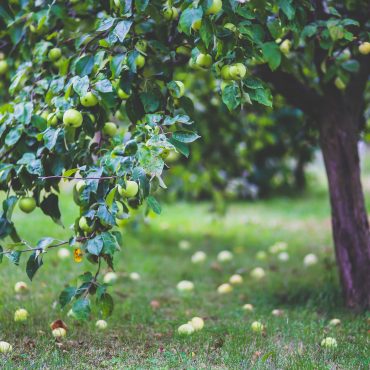
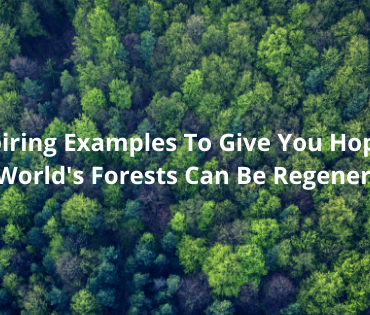
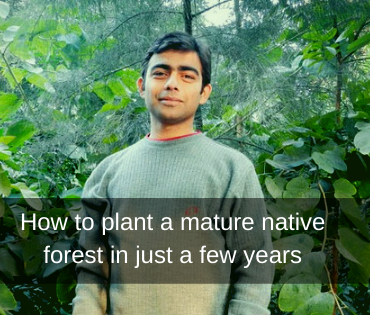
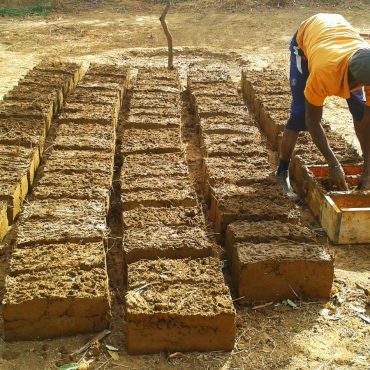
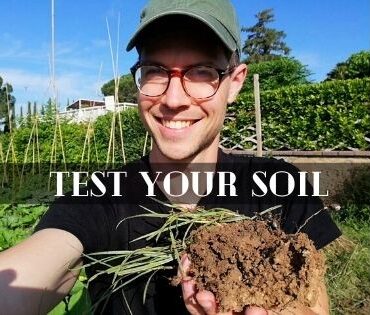
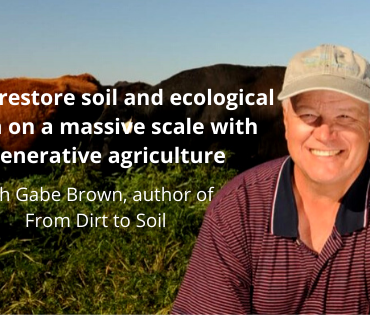
trana med svamp i underlivet on February 26, 2020
Today, I went to the beach front with my children. I
found a sea shell and gave it to my 4 year old daughter and said “You can hear the ocean if you put this to your ear.” She put the shell to her ear and screamed.
There was a hermit crab inside and it pinched her ear. She
never wants to go back! LoL I know this is entirely off topic but
I had to tell someone!